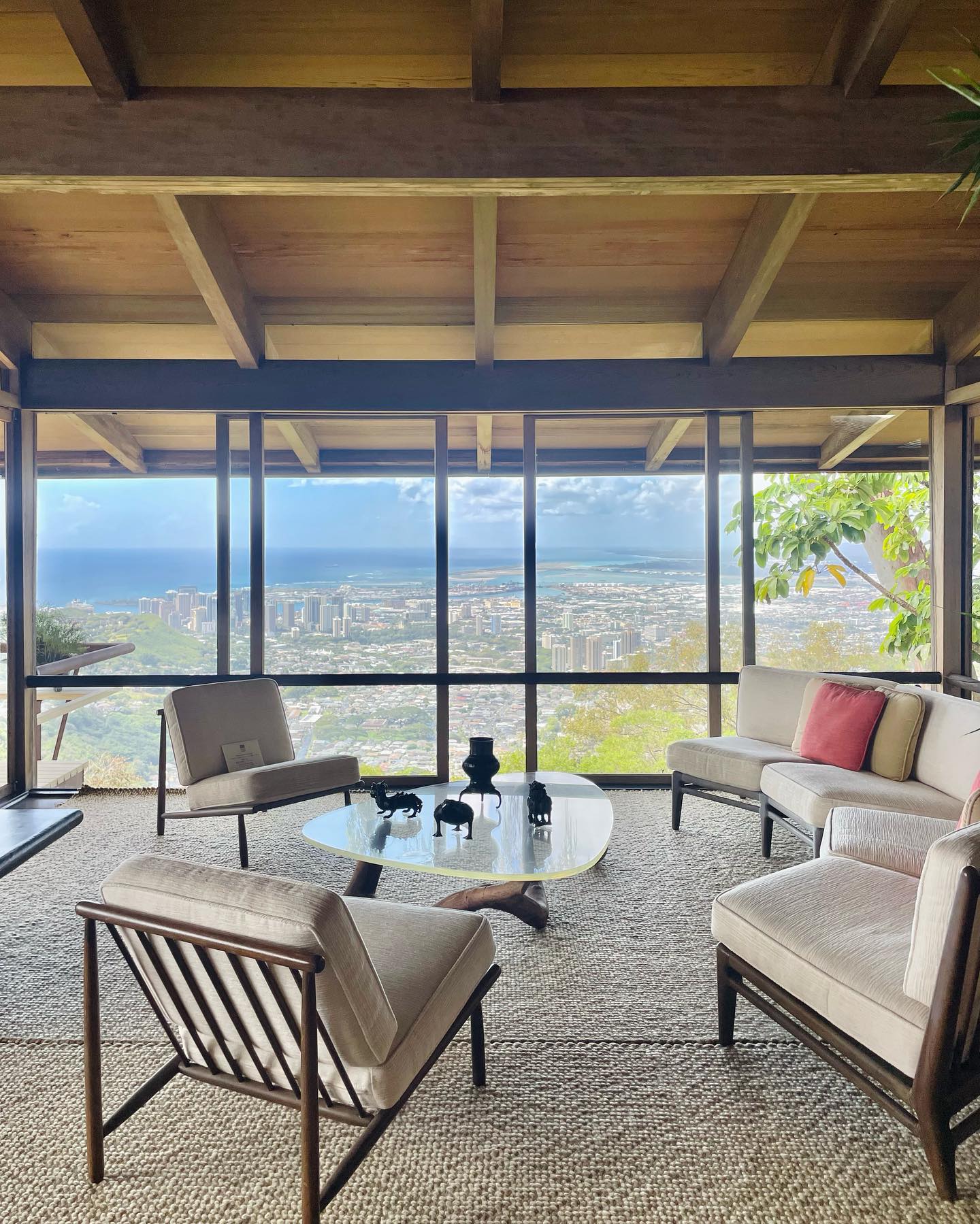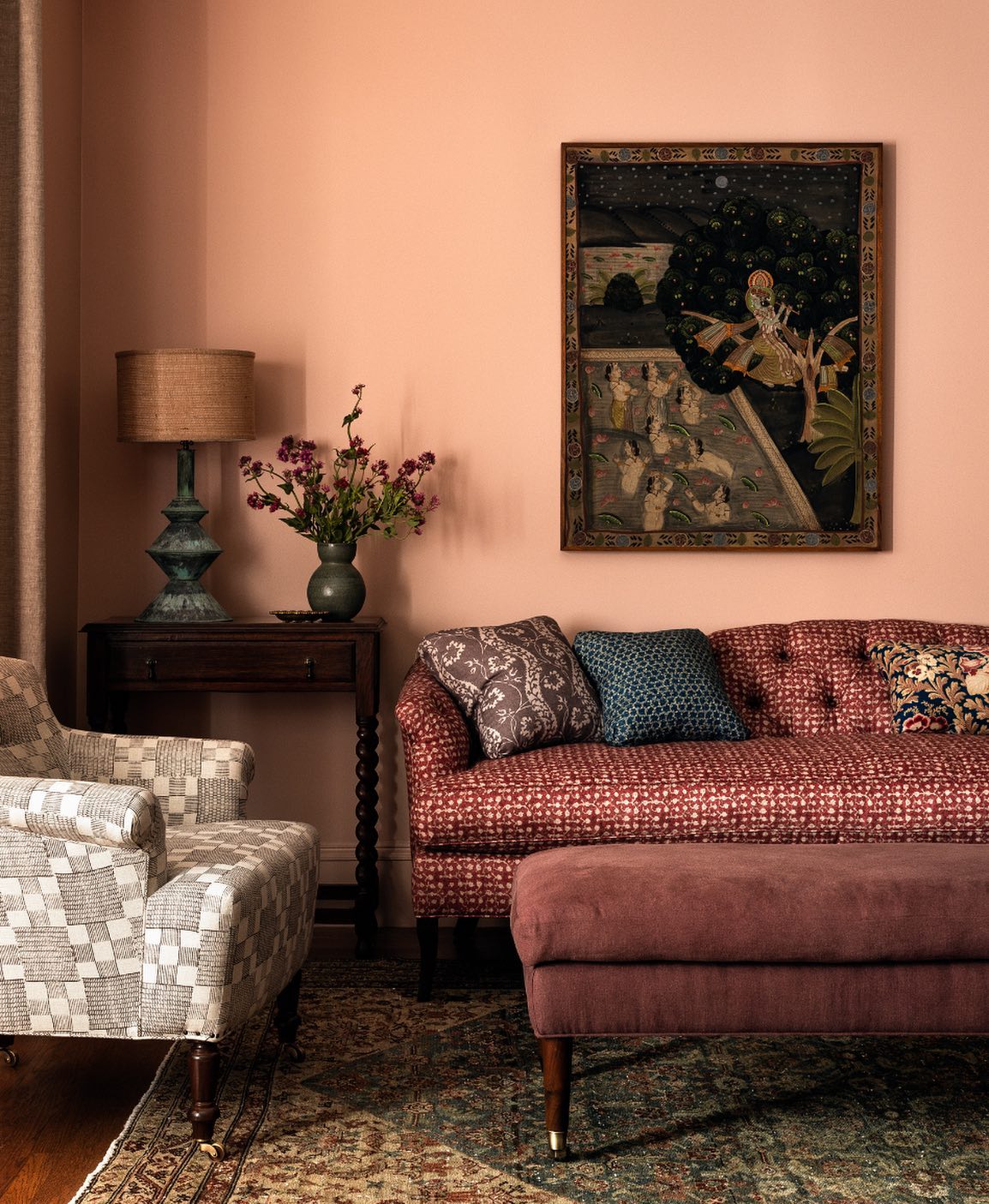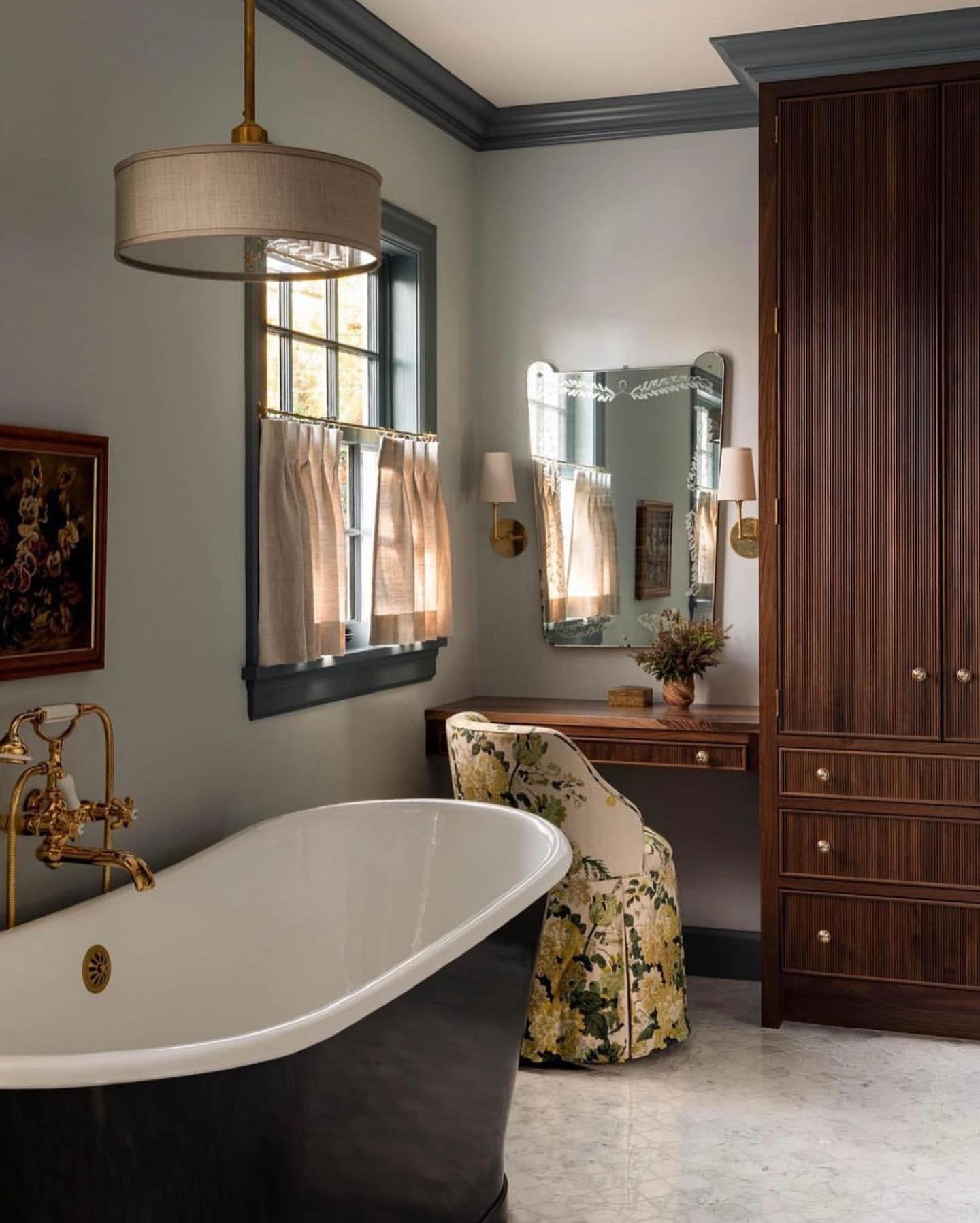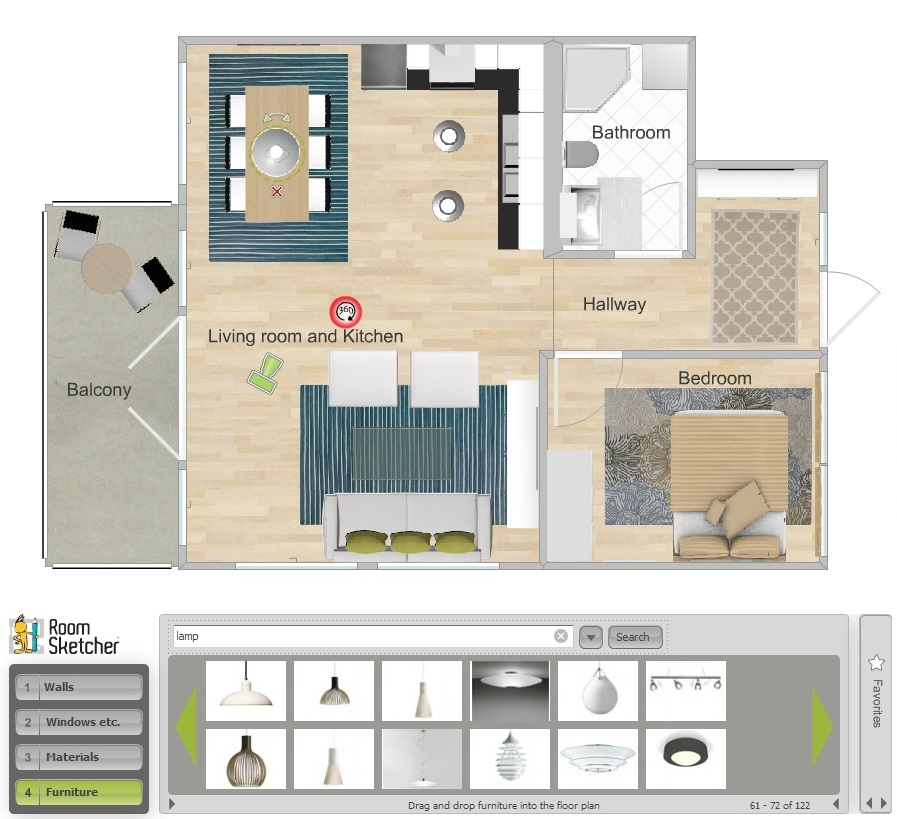Steps for Building an Interior Design Startup
Startup companies in the interior design field offer owners the chance to break into a business segment that is growing despite an ailing economy. As millions of homeowners find themselves priced out of the new home market, they’re deciding to stay put and improve their living spaces by paying for interior design services from professional providers. That’s where small business entrepreneurs come into the picture. Consumers who have never hired expert designers want to keep costs as low as possible as they test the waters and see what kind of results they can get.
What are the most common steps for developing an interior design company that has the potential to outlast the competition and deliver a reliable stream of income to its owners? The initial task is to narrow service categories down to whatever specialties you decide to offer. Individual owners can’t do it all, so it makes sense to choose one or two niches and build a high level of expertise in them.

Another priority should be to minimize personal expenses to free up capital for the startup. Logical next steps include chores centered around careful budgeting, targeted marketing, setting realistic prices, assembling an eye-catching portfolio, creating a functional and interesting website, and building a workspace that is both comfortable and attractive. Here are pertinent details about each of the steps involved in developing a profitable ID startup.
Minimize Personal Expenses to Free Up Capital
Deciding to do a student loan refinance is one of the wisest decisions you can make at this point in your creative career. Why? Because refinancing education debt is an effective way to convert old loans, or just one loan, into a fresh arrangement that comes with lower monthly payments and a whole new set of terms, rates, and conditions. In most cases, borrowers can get more favorable rates because they have a better credit rating than when they took out the original loan. For entrepreneurs who need capital to sustain a startup, there’s no better way of generating funds that can cover recurring business-related expenses. Owners need to think outside the box when it comes time to finance operations. Revamping their personal debt structure by refinancing college loans is a great way to begin.
Narrow Your Services
The field of interior design is so broad that it’s essential for new professionals to narrow their scope. That means making decisions about where you believe your strengths lie and how you intend to structure your new organization around them. Most who create ID startups choose general categories and client types before they do anything else. Ask yourself pertinent questions regarding specialty areas like bathrooms and kitchens, indoor vs. outdoor projects, family dwellings, homes where couples reside with their children, office spaces, condos, apartments, high-end homes, etc. The goal is to identify your specific style, several unique strengths, and the types of clients you wish to serve.

Determine Pricing
Many entrepreneurs discover that setting prices for services is a more challenging task than they expected. After you reach the stage of development where it’s necessary to set rates, expect to engage in online research. Look at similar companies and see how much they charge for their services. While this is not a foolproof way of adjusting your rates, it’s an excellent starting point. Try to focus on designers who operate in your local region or state and who offer similar services. Then, turn to your professional network and inquire among other ID pros about how they set prices.
Consider using one of several methods. Review companies in your niche that use hourly pricing, fixed rates for standard kinds of work, square foot costing, and various percentage of total cost methods. Consider working with a CPA (certified public accountant) who has relevant experience in the industry. Accountants can offer unique insights and suggestions about the best way to structure a price schedule based on the kind of work you’ll be doing. Keep in mind that it’s okay to experiment. Few entrepreneurs retain their original pricing methods because they learn about the market, the customers, and the industry as they gain experience as business owners.
Assemble a Portfolio
There’s a catch to assembling portfolios for new ID owners: most have little experience as professionals. Fortunately, there are ways to overcome this common dilemma. If you have a thin portfolio, consider using photos of your house as primary samples. Purchase software that lets you use 3D images and renderings of spaces in your home. Use mood boards and any images of projects you did pro-bono when you were a student. Don’t assume that you must have a massive portfolio to get work. As you gain clients, the file will grow. Depending on your clients, you may have to create a professional CV or resume that outlines your experience. Include this document with your portfolio, just to be sure.

Create an Attractive, Functional Website
Prospective customers will expect to see a gorgeous website. After all, you’re a design professional. If you lack IT expertise, hire a pro to design your site. Make sure to include all the essential elements, like eye catching images, an interesting theme, contact information, client testimonials, a detailed list of services, etc. Don’t forget to buy a domain name and connect with a reputable web host.
Design Your Workspace
Create a workspace that suits your needs. For most that means having an ergonomic computer station, ample storage, eye friendly lighting, reliable phone and electronic connections, privacy, tasteful decorations, and a small refrigerator. It’s okay to work from home to save money. However, if you can afford to rent a small office, aim for a central location where your clients will feel at ease.






